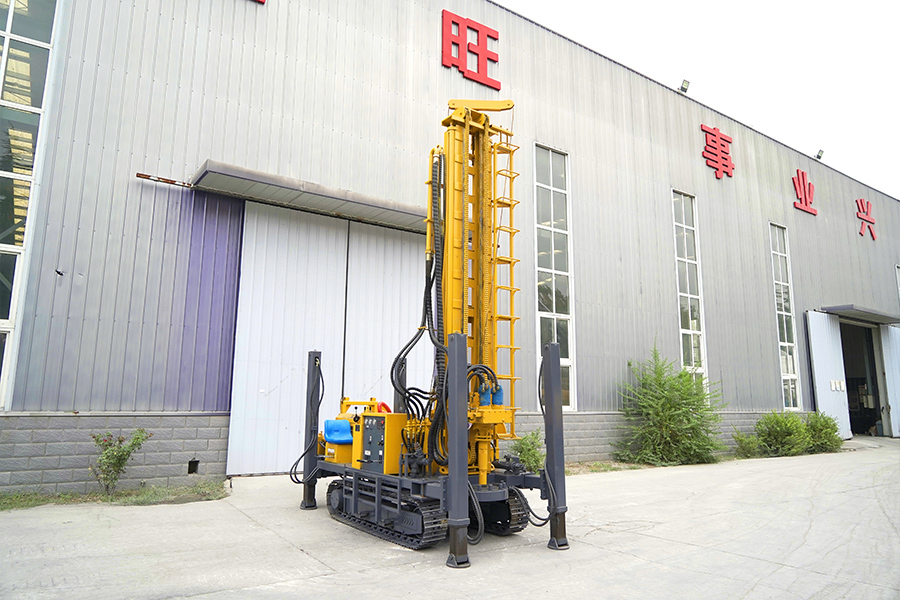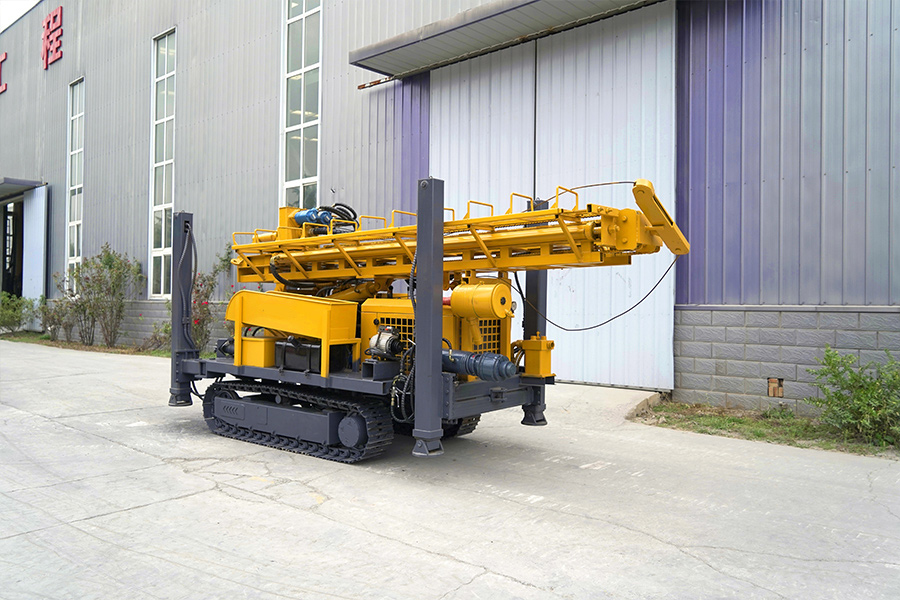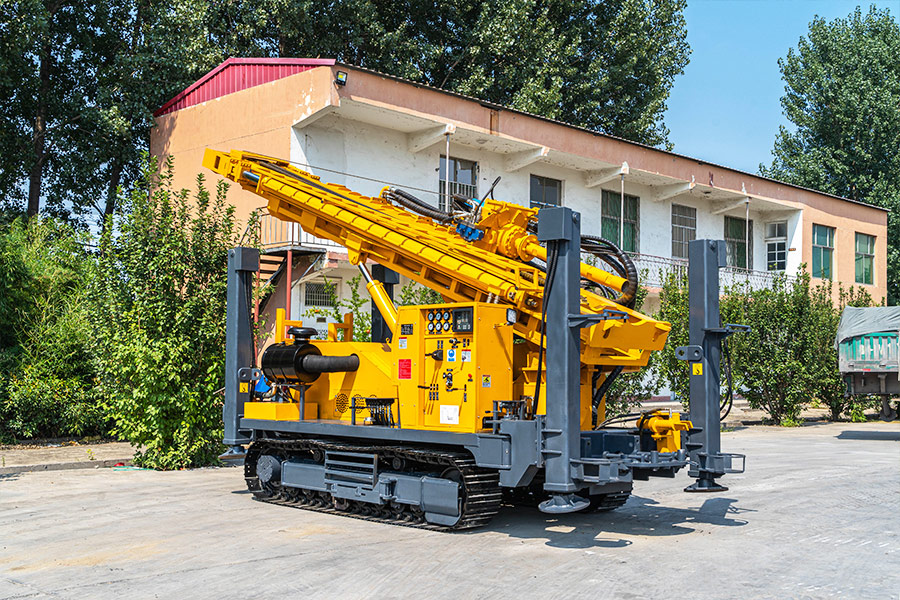Date: Jun 20, 2024 Views:





Pneumatic drills are generally not suitable for core drilling. Coring drilling requires the drill to be able to cut and extract core samples stably and accurately, and pneumatic drills have limitations
in the following aspects:
1. Working principle
Pneumatic drills use high-pressure air to drive the drill bit for high-speed impact drilling. They are designed to quickly break the formation and are suitable for hard rock and shallow drilling, not
fine core extraction.
2. Drilling force and precision
Coring requires continuous and stable force to ensure the integrity of the core. The impact drilling method of pneumatic drills produces irregular impact forces, causing the rock to be broken into
small pieces instead of a complete core.
3. Drill bit design
Coring drill bits are usually annular in design to surround and extract the core, while the drill bits of pneumatic drills are designed to quickly break the formation and cannot achieve fine core cutting
and extraction.
4. Chip removal and cooling
Pneumatic drills use compressed air to discharge drill cuttings, which can easily damage the core. Coring drilling requires cooling and lubrication systems to protect the integrity of the drill bit and
core. Pneumatic drills generally lack complex cooling and lubrication systems.
5. Application scenarios
Pneumatic drills are often used in shallow geological exploration and mine ventilation where rapid drilling is required, while coring drilling is used in deep geological exploration and mineral surveys
where complete rock samples need to be obtained.
In summary, pneumatic drills are difficult to achieve high-quality core extraction due to their impact drilling principle, lack of stable continuous force, drill bit design, and chip removal methods.
Coring drilling is more suitable for hydraulic or electric coring drills, which provide more stable power and high-precision operation, and are suitable for complex geological conditions and
high-demand coring tasks.